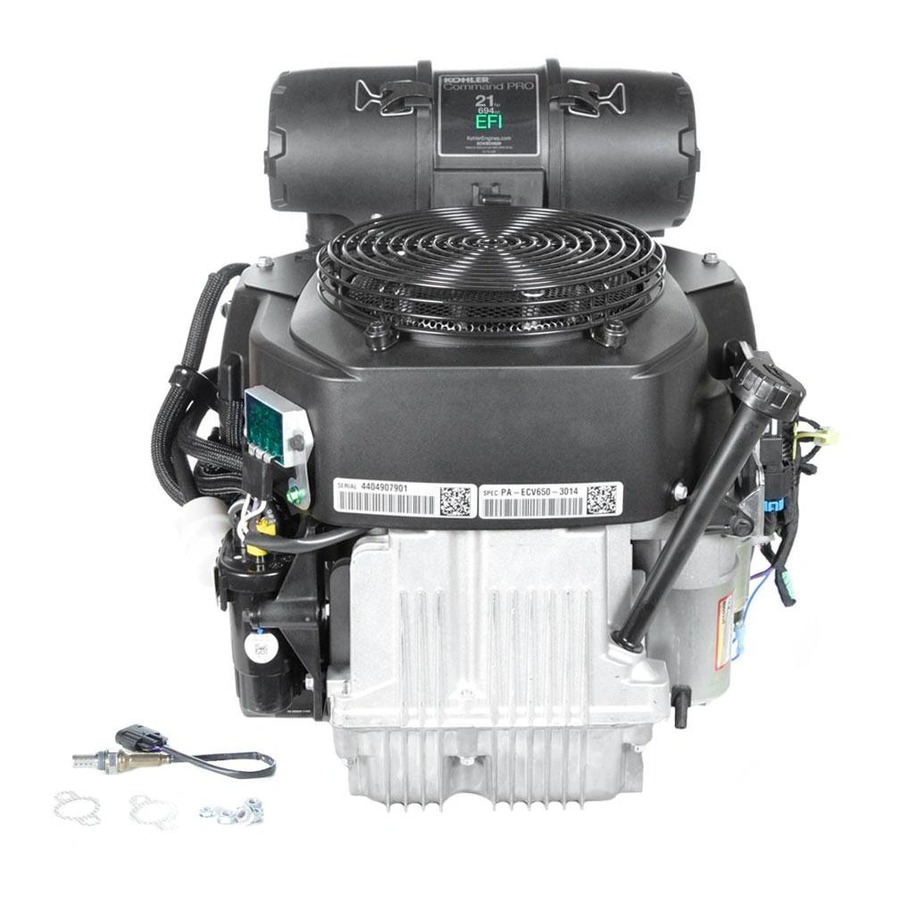
Kohler Command PRO ECV630 Service Manual
Vertical crankshaft
Hide thumbs
Also See for Command PRO ECV630:
- Service manual (132 pages) ,
- Owner's manual (21 pages) ,
- Owner's manual (9 pages)
Table of Contents
Advertisement
Advertisement
Chapters
Table of Contents
Troubleshooting

















Need help?
Do you have a question about the Command PRO ECV630 and is the answer not in the manual?
Questions and answers